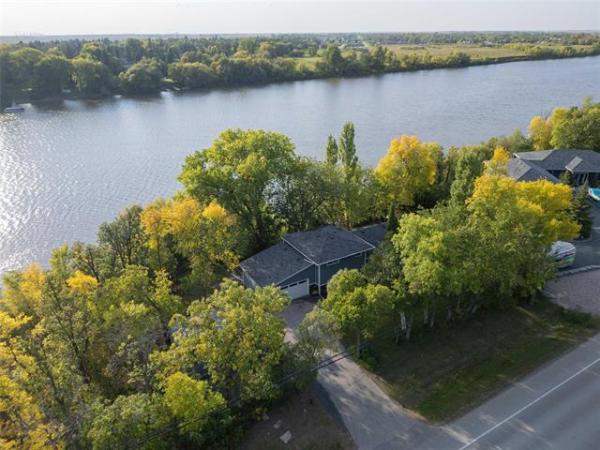In principle, basements are wonderful -- an area where sports gear, housing supplies, games, toys and unused furniture can be stored far from the more carefully appointed living areas of your house.
But if you're like most people, your basement doesn't fulfil its potential. Over time, it has probably become disorganized and as good a place to lose things as to keep them nicely stored.
"So often, I see basements that have got out of control," says professional organizer Andrew Neary. "Things are scattered randomly, items are buried in piles and half of the stuff has just disappeared under clutter."
Neary has a series of steps that can be used to infallibly impose order on even the most messy basement.
His first step is to remove everything from the space. This might be done in stages, but ideally, as much of the basement should be done at once as possible.
His second step is to clean the vacated area. If repainting is needed or there are insect or pest infestations, now is the time to deal with them.
The third step requires sorting everything that was removed in step 1 into categories -- sports equipment, cleaning supplies, toys, games and whatever other categories fit the case at hand. If there is anything you really don't need, now is the time to discard it. Be tough with your inner pack rat, because the less stuff you have, the easier it is to keep it organized.
Step 4 requires some imagination, a stage that Neary calls zoning the basement. What will go where? The most important consideration is how often you use each item. A bicycle used almost daily should be near the entrance of the basement, for example. Christmas ornaments and other seasonal items can be farther back.
In step 5, you're going to have to buy organizers so everything has its own place. Shelving is perfect for a lot of canned goods and cleaning and other house supplies. Hockey equipment, garden rakes and the like can be hung on hooks on the wall. Work tools need a storage cabinet. Transparent boxes can hold smaller items while ensuring they're easy to locate. Hazardous material such as flammable sprays, solvents, some cleaning fluids and paints should probably be stored in a cabinet that can be locked, especially if there are children in the house.
Home Depot and other stores have many products that are perfect for storage. Perhaps Neary's favourite brand is Rubbermaid, which he says offers fairly inexpensive products that are well made and easily assembled, including some that are lockable and perfect for storing hazardous stuff. You want to know that you can lock things up and walk away knowing that things are safe.
Once the organizers are bought and in place, the items you removed from the basement and plan to keep can be put in their appointed spots.
If you're going to have a handyman's corner for woodworking, painting of furniture and doing repairs, Neary has some special counsel.
"Anyone who's working on projects should have an area that's well ventilated and well lit," he says. "You need very strong overhead light, ideally coming from the ceiling, so you have really good lighting on whatever you're working on and you're not bumping into lamps. Accent lights are for the living room, never the basement."
Neary says dedicated places for each tool is crucial. "Every hammer, sander and plane has to have its own location or you're going to be losing track of what you have.
"I've had clients who've had half a dozen drills because they've repeatedly lost drill bits and attachments. My mantra is: 'Buy once, store properly and have things forever.'
"There are many tool cabinets available to ensure good storage, but simply using hooks on the wall can serve equally well," Neary says. "The point is not so much esthetics as functionality. If you group your tools by function and keep them in their place, you're organized."
The important points for the basement are safety and functionality, Neary says.
Your basement is like any other part of your home. If you want to enjoy it, it has to look good and it has to serve your purposes.
If you want it to contribute to your quality of life, it has to be neat and organized, and all the things you've chosen to keep have to be accessible.
Simple stuff, but people easily forget it.
-- Postmedia News



